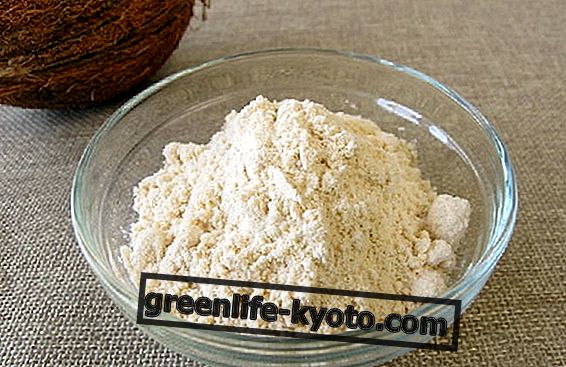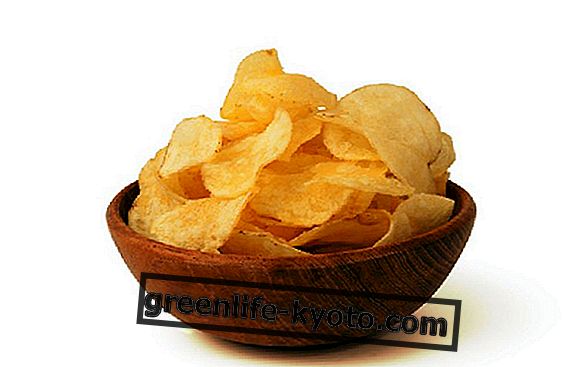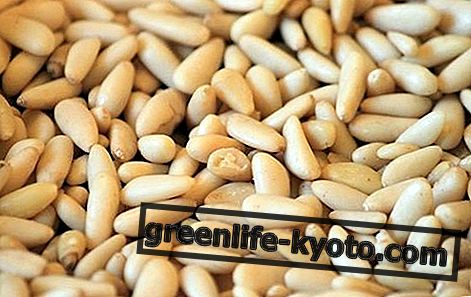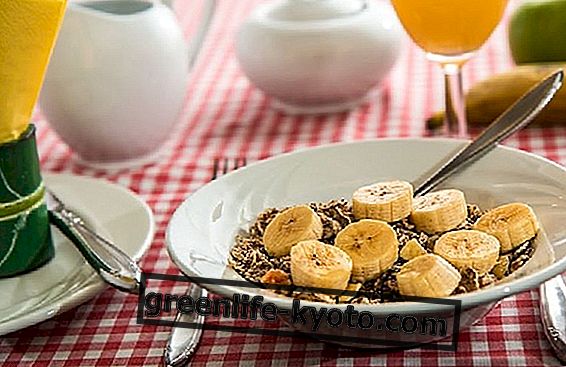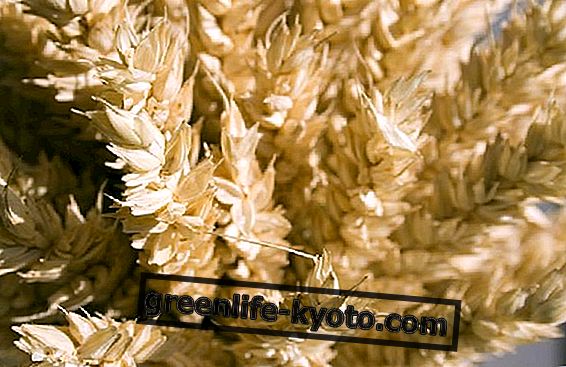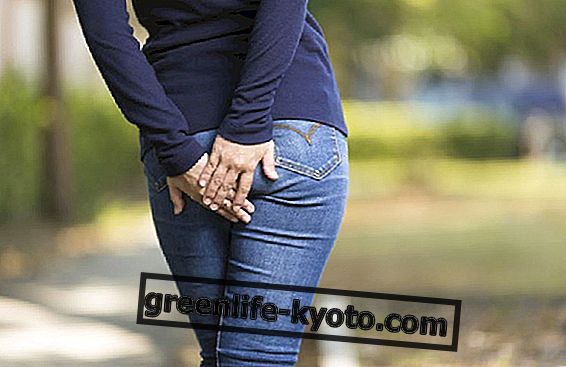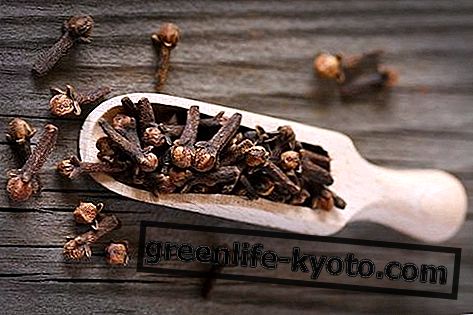
Sugar is often referred to as one of the elements that make up an unbalanced diet. White sugar is considered a "dead" food from a nutritional point of view.
The effect on the organism does not bring lasting benefits and overloads the proper functioning of some organs.
But it is not all sugar what is sweet . It is thought, erroneously, that in order to maintain a healthy diet we must nourish ourselves with foods that we consider insipid and boring.
This is false, and macrobiotic cuisine confirms this: let's see why and some special dessert recipes.
Sweets in macrobiotics
In macrobiotic cuisine, although sugar is banned, as it is considered a poor and extremely yin food, desserts are not excluded.
The sweet taste, for Chinese dietetics, is not given by sugar. For example, cereals are sweet.
Furthermore, the sweet taste as we in the West consider it, can be obtained, within macrobiotic recipes, by using more lively and healthy sweeteners.
Let's see some sweet recipes from macrobiotic cuisine.
Barley coffee bellows
Ingredients :
> 150 grams of puffed wheat
> half a cup of barley coffee
> 1 tablespoon of corn oil (or sesame)
> 2 tablespoons of rice malt
> 4 tablespoons of wholemeal flour
> half a glass of water
> a pinch of salt
Preparation : dissolve the malt in barley coffee. Combine the oil with the puffed cereals in a bowl, and then add the flour. Mix and add the barley coffee with the malt. Add the water and let it absorb.
Then form balls and place them on a baking sheet lined with parchment paper.
Bake in a preheated oven at 180 for 20-30 minutes.
Note mcrobiotic : these sweets can be consumed moderately (once or twice a week) and, for the combination of foods, they can be eaten in any season of the year.

Tahin cream
Ingredients:
> 1 liter of unsweetened apple juice
> agar agar 6 gr
> 3 tablespoons of rice flour
> 3 tablespoons of tahin
> peel of half untreated lemon
> chopped almonds
Preparation : dissolve the agar agar in half a liter of apple juice heated in a saucepan. In the remaining half liter of apple juice tahin dissolves. The flour is added.
Mix the two liquids and heat over low heat, stirring, for about 15 minutes. When it is sufficiently thickened to form a pudding, add the lemon zest.
The mixture is poured into glass or aluminum bowls. Dust with a handful of almonds.
Macrobiotic note : this cream can be eaten every day and is excellent in all seasons.

Sesame pastries
Ingredients:
> sesame butter 250 cc
> 2 tablespoons of oil
> 12 tablespoons of rice malt
> 125 cc of water
> 150 gr of semi-wholemeal wheat flour
> 1/4 vanilla stick
> half a teaspoon cinnamon
> a pinch of salt
> almonds to taste
Preparation : mix all the dry ingredients. Then add the oil and the rice malt and the sesame butter. It is mixed until a homogeneous mixture is obtained.
Pastries are formed to taste, keeping them flat and wide (about ten cm in diameter by 1 or 2 cm thick).
Place on a baking sheet lined with parchment paper and cook for about 30 minutes in a preheated oven at 180 degrees.
Macrobiotic note : these pastries, due to their ingredients and cooking methods, can be consumed once or twice a week and are ideal for the cold season.


